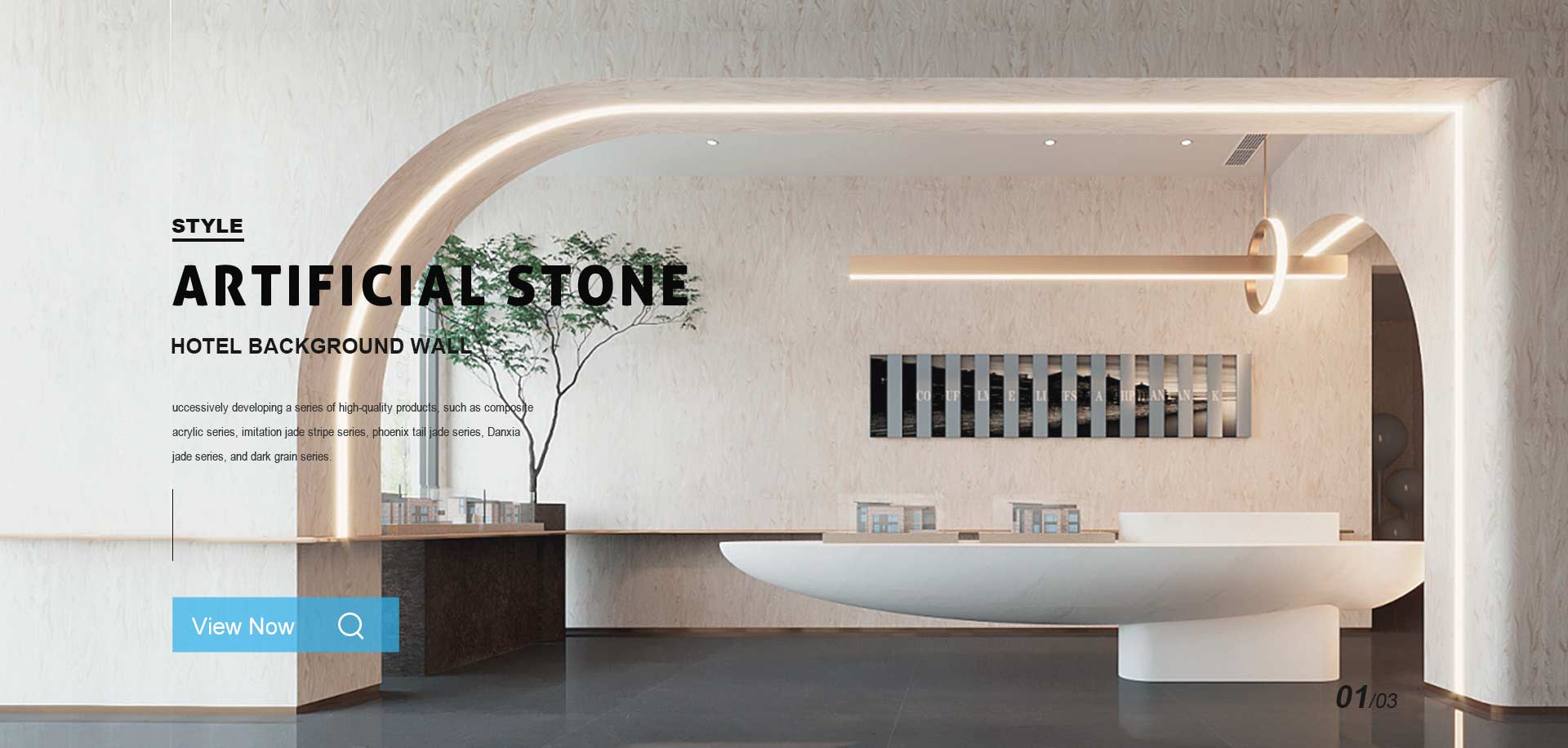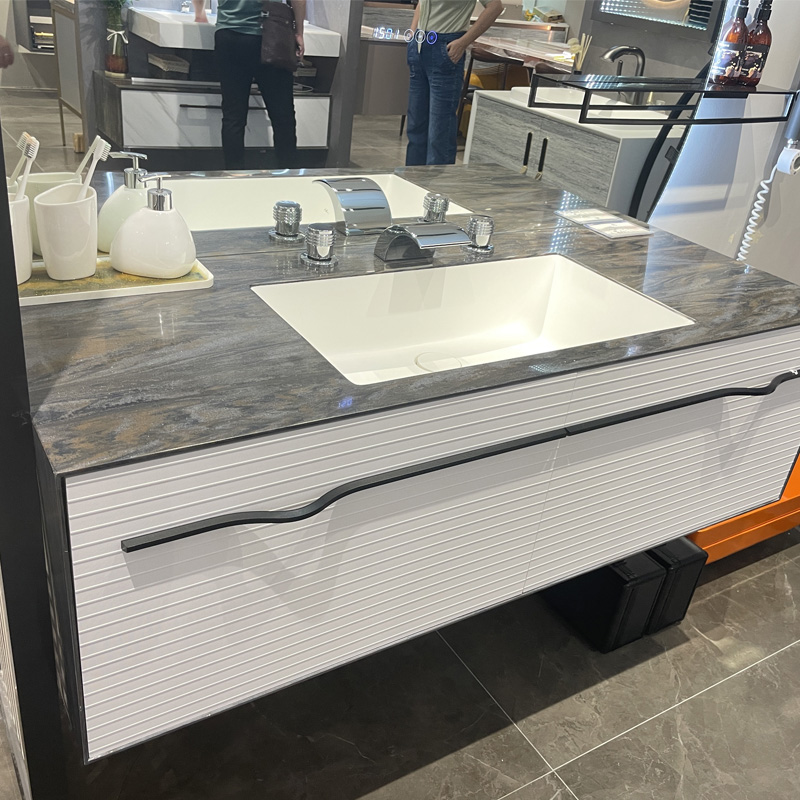
Solid surface vanity tops are engineered countertop materials composed primarily of acrylic polymers (33-40%), alumina trihydrate (ATH) filler (55-65%), and pigments (1-3%). These homogeneous, non-porous surfaces are manufactured through a proprietary process that creates a seamless appearance with consistent coloration throughout the 12-30mm thickness range. Unlike natural stone, Solid Surface Materials can be thermoformed into complex shapes and feature Integrated Sinks with radius edges as tight as 3mm.
The material's density ranges from 1.7-1.9 g/cm³, providing substantial durability while remaining approximately 15-20% lighter than granite of comparable thickness. Modern formulations achieve a Barcol hardness of 55-65 (ASTM D2583) and flexural strength of 70-90 MPa (ISO 178), making them suitable for high-traffic bathroom applications.

Seamless Integration: Can be joined with color-matched adhesives achieving bond strengths exceeding 20 MPa (ASTM D1002), creating invisible seams up to 3.6 meters in length without structural weakness.
Hygienic Surface: The non-porous structure (water absorption <0.1% by weight, ASTM D570) inhibits bacterial growth, demonstrating >99.9% reduction in E. coli within 24 hours (JIS Z 2801).
Thermoformability: Becomes pliable at 160-180°C, allowing for radius bends down to 5x material thickness without cracking or delamination.
Impact Resistance: Withstands 5-7 Joules of impact energy (ASTM D5420) without fracture, compared to 2-3 J for natural stone.
UV Stability: Premium grades show Delta E color change <1.0 after 2000 hours of accelerated weathering (ASTM G154).
Thermal Performance: Maintains dimensional stability across -30°C to 80°C with a linear thermal expansion coefficient of 25-35 x 10^-6/°C.
In residential applications, solid surface vanity tops are specified for:
Master Bathrooms: Custom configurations up to 4.2m single-piece lengths with integrated bowls and 6-12mm radius edges for ergonomic comfort.
Powder Rooms: Thin-profile designs (12-15mm) with 0.8-1.2m clear spans requiring minimal support structure.
Wet Rooms: Continuous surfaces with 1-2% slope gradients for water drainage, joined to shower receptors with 2mm expansion gaps.
Commercial implementations include:
Hospitality: High-volume installations with 500+ cycles/day cleaning regimens, demonstrating <0.05mm wear depth after 100,000 abrasion cycles (ASTM D4060).
Healthcare: Antimicrobial formulations incorporating silver ion technology achieving log 4 pathogen reduction (ISO 22196).
Marine: Modified versions with 2-3% silicone additives for enhanced moisture resistance in yacht bathrooms.
Daily cleaning should utilize:
pH-neutral cleaners (6.5-7.5) applied with 60-80 PPI non-abrasive pads
Immediate wiping of acidic substances (pH <4) within 15 minutes to prevent surface etching
Periodic maintenance involves:
Annual polishing with micron-grade (3-5μm) diamond abrasives to restore surface luster
Thermal stress relief every 5-7 years for installations near heat sources
For damage repair:
Minor scratches (<0.1mm depth): Wet sand with 400-600 grit followed by buffing
Thermal damage: Remove affected material to 2mm below damage depth before patching
Structural repairs: Use two-part methacrylate adhesives with 24-hour cure time
Proper substrate preparation requires:
Maximum 3mm deviation over 2m for supporting cabinetry
Expansion joint sizing of 1mm per 300mm of run length
Adhesive selection based on thermal range: -40°C to 90°C for extreme environments
Previous: Integrated Sink Countertop Bathroom